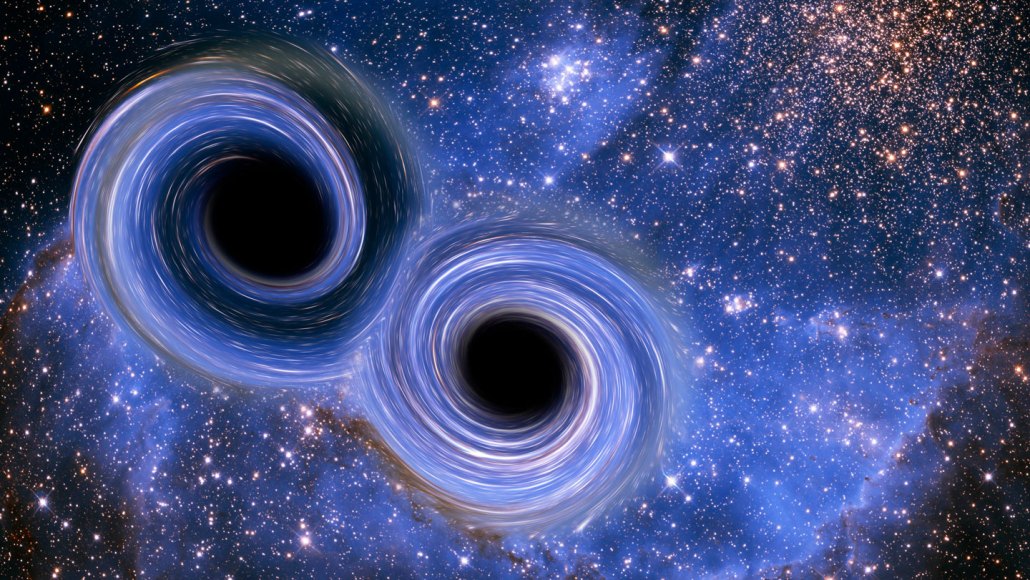
Two black holes merged (illustrated) in the most massive collision of its type ever confirmed, physicists report.
VICTOR de SCHWANBERG/SCIENCE PHOTO LIBRARY

Two black holes merged (illustrated) in the most massive collision of its type ever confirmed, physicists report.
VICTOR de SCHWANBERG/SCIENCE PHOTO LIBRARY